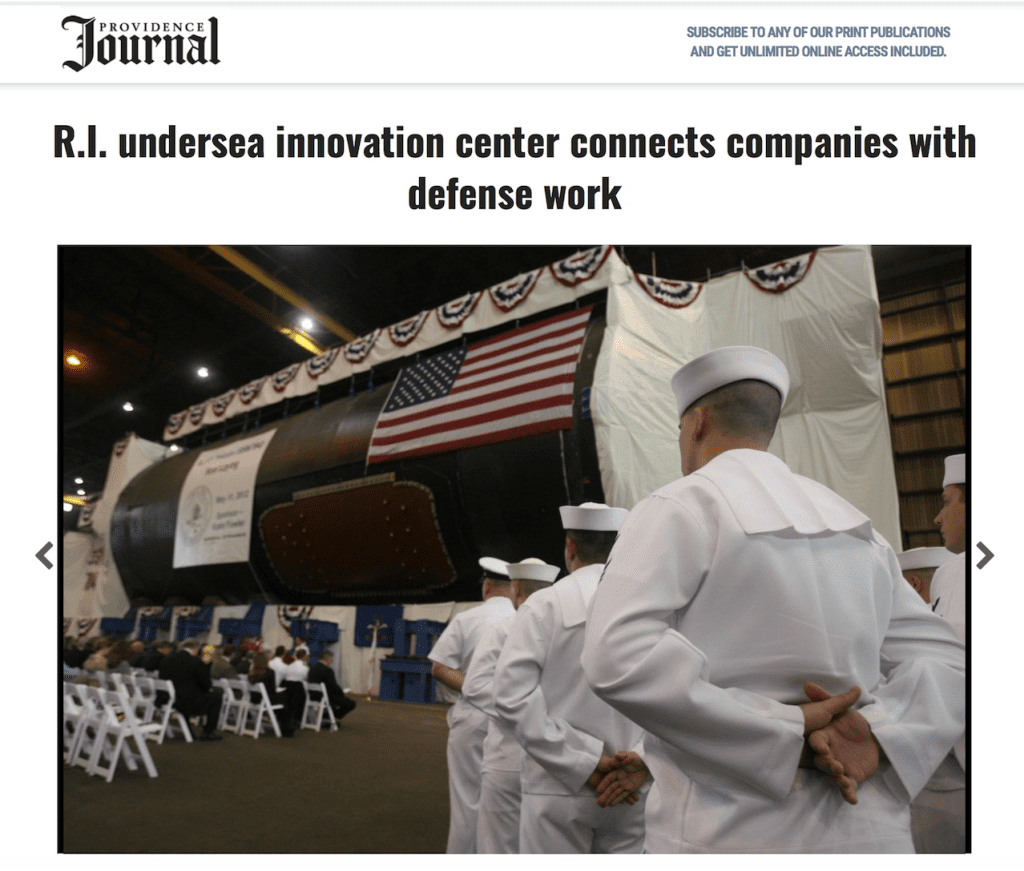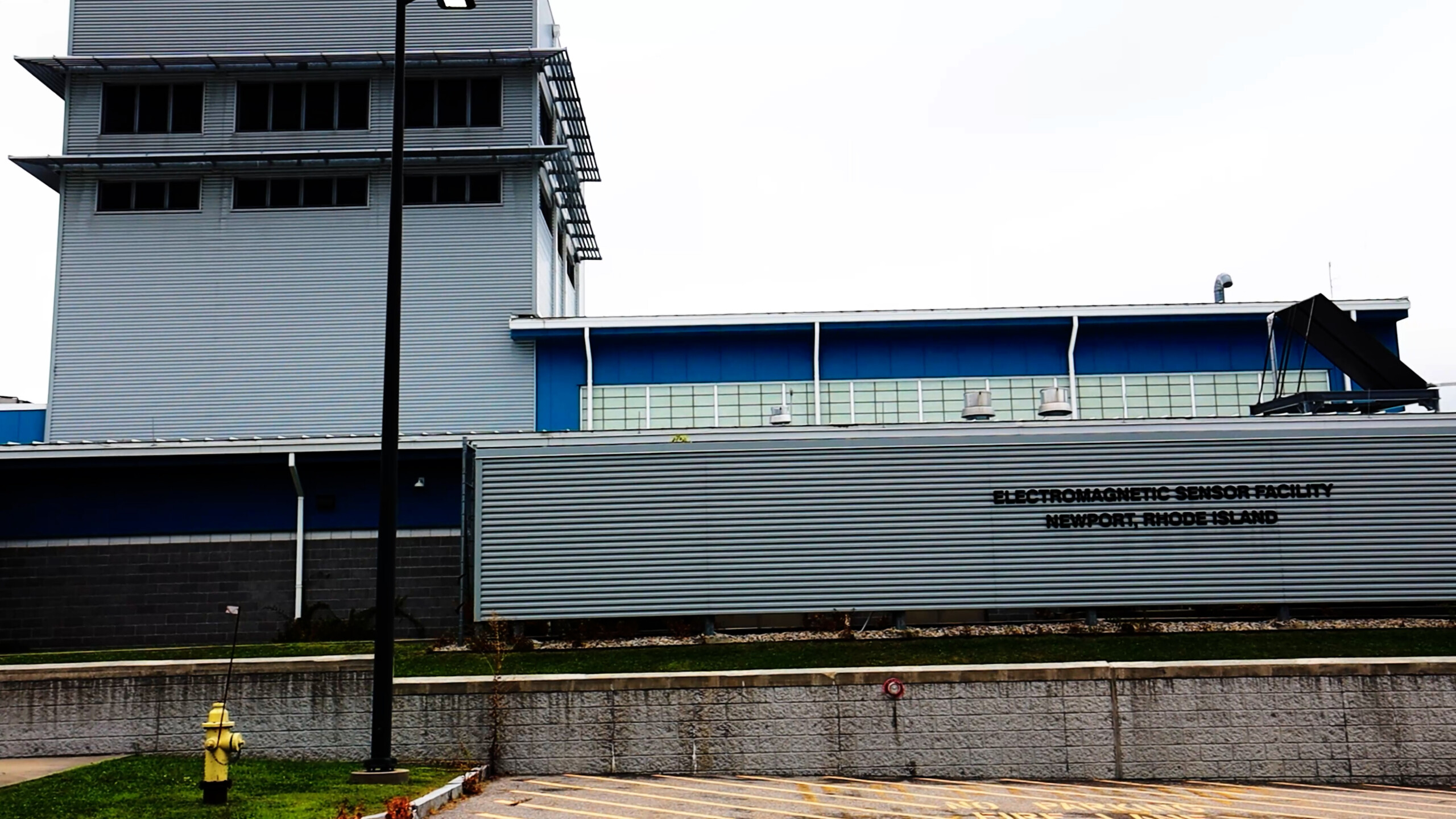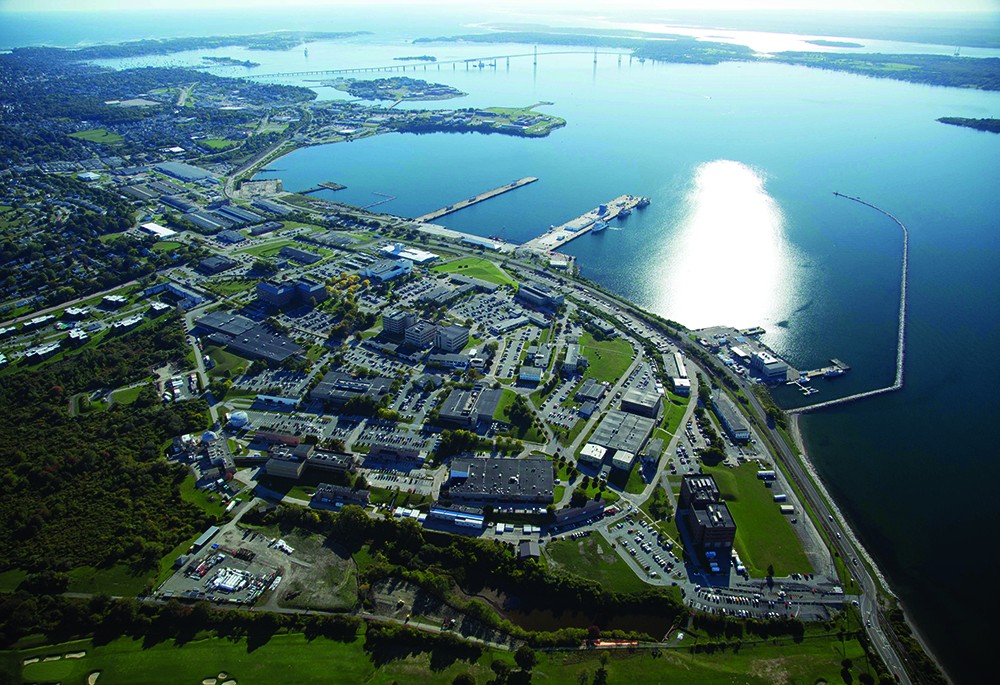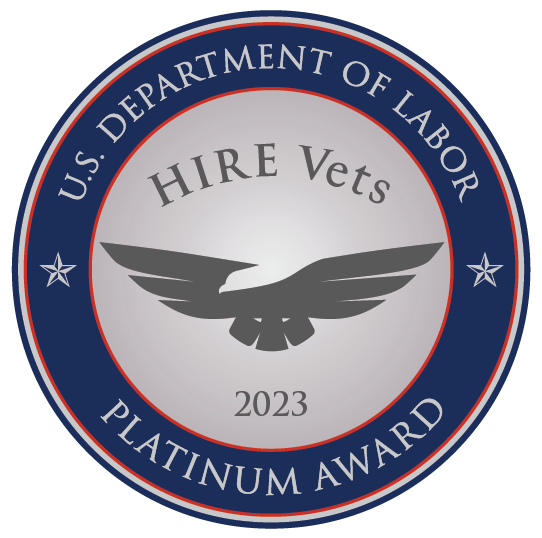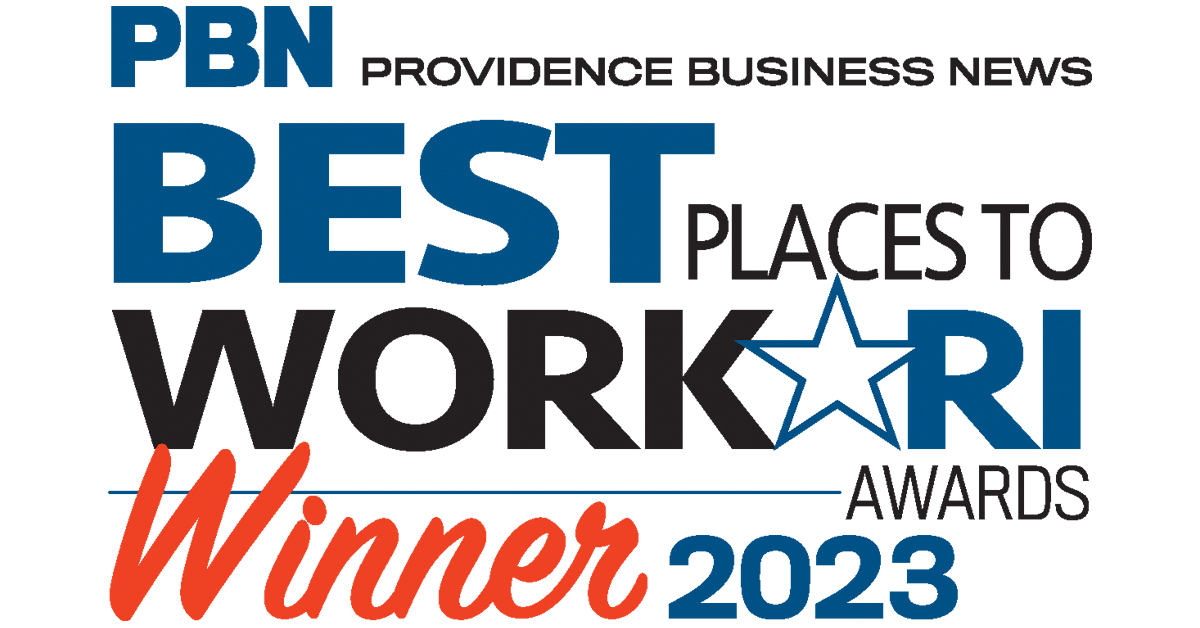Republished from Providence Journal article, March 17, 2017.
By Kathleen Yanity Special to the Journal
Since the U.S. Navy opened its first research facility, the Naval Torpedo Station on Newport’s Goat Island, in 1869, the development of underwater technology has been an ingredient in Rhode Island’s economic mix.
The mission of the Undersea Technology Innovation Center, founded last summer, is to expand that ingredient’s economic impact by encouraging more local companies to develop better marine applications and devices.
The privately funded center provides mentoring and other assistance to local companies that want to do defense work. It matches government research, development and technology requests with local businesses. And it brings together small newcomers in the defense industry and bigger, more experienced firms at “Tech Talk” events, where participants share what they know.
“Our goal with UTIC is a simple one,” said Molly Donohue Magee, the center’s acting executive director. “How can we get innovations to the market at the fastest pace possible? … There’s commercial technology out there that may be suitable for defense, and defense technology that may have commercial applications.”
The center’s goal is to generate more jobs and business for local companies, building on the solid defense-industry base in Rhode Island.
About 33,000 people work in Rhode Island’s defense industry, according to the latest comprehensive state study, in 2014. Many of the jobs are generated by submarine construction at the Electric Boat division of General Dynamics, at Quonset Point in North Kingstown; research and development projects at the Naval Undersea Warfare Center, in Newport; and defense systems and weapons made by Raytheon, in Portsmouth.
Almost three-quarters of a billion dollars in Department of Defense contracts flow annually into Rhode Island, with about $600 million, or nearly 85 percent, coming from the Navy.
In January, the Navy released its first-ever 30-year research and development plan, stating that R&D research and development remains one of its highest priorities, “from discovery and development to delivery and deployment of game-changing warfighting capabilities.”
The historic position of the United States as the world’s technology leader is being challenged, and keeping our edge is imperative, it said.
Up and running
Last year, Magee said, executives from several companies and educational institutions, including General Dynamics, NUWC, Raytheon, the University of Rhode Island and Salve Regina University, came together to try to make Rhode Island a national leader in undersea technology. An initial $7,500 grant in June from the van Beuren Charitable Foundation got them started. In August, the center was introduced during the Southeastern New England Defense Industry Alliance’s third annual Defense Innovation Days conference, held in Newport.
Since then, the Undersea Technology Innovation Center has been up and running on the internet, and shares space with the defense industry alliance in Middletown, but plans call for its own building in the future. The center’s annual budget is $75,000.
NUWC officially partnered with the center in December.
One key tool used by the center is a database it has compiled on about 179 companies and counting, said Magee. It can match requests for research, development and technology with potential providers.
“We reached out to everyone — corporations, chambers of commerce, state and municipal governments — to help us find companies that play in the technology field,” she said.
The Department of Defense budget and the Navy’s R&D plan have been scoured to identify defense needs over the next 10 years that could draw on undersea technology. They include laser and radio frequency systems, offensive and defensive electronic countermeasures, long-range weapon systems, cyber-resilient communications networks, and unmanned vehicles, decoys, buoys and other sensors.
The undersea tech center has scheduled a series of monthly Tech Talks to bring together interested companies, military personnel and large defense contractors. The talks debuted in January. So far they have covered NUWC’s undersea testing facilities, which are available to businesses and academic institutions to try out new theories and prototypes, an undersea unmanned vehicle program, and insights from NUWC’s chief technology officer on its laboratory activities.
“Even in this short time, we know the most important work of the center is networking, that sharing of information back and forth to connect people and organizations,” Magee said.
A clearinghouse for jobs
Entering the defense arena can be daunting for companies, especially smaller businesses, said Joe Marino, chief executive officer of Rite-Solutions Inc., of Middletown, who serves on the undersea tech center’s board. About 17 years ago, he co-founded Rite-Solutions with three friends, and it has grown to more than 200 employees in Rhode Island and Washington, D.C. The company works in the area of submarine command and control combat systems. A current project explores artificial intelligence that might assist command decision-making.
With the perception that its business procedures are too bureaucratic, “there is a reluctance to get involved with the Department of Defense,” Marino said. “Most small businesses focus on existing work and don’t have much time for new business development or money to obtain business intelligence.”
That is the value of the center, he said. For companies unfamiliar with the industry and without contacts, there is now one clearinghouse for education and building relationships to secure work. Prime contractors such as General Dynamics, Raytheon and Northrop Grumman, as well as the military, are widening searches for subcontractors.
The defense industry alliance did a detailed analysis of the FY 2017 Department of Defense budget submitted in February 2016. (It was not adopted by Oct. 1, the start of the current fiscal year. A continuing resolution keeps dollars flowing while the Trump administration finishes its proposal.) Initial figures called for roughly $582 billion in overall spending, with about $42 billion related to undersea technology appropriations. The Navy’s $155.4-billion budget included $17.3 billion for research and development.
“The work is here, it’s already a lucrative business to be in, and it’s only going to increase in the next several years,” Marino said. “In the past decade, countries like Russia and China have made so many technological advances. We have to keep up.”
More help is available
The General Assembly last year adopted Gov. Gina Raimondo’s proposal to add $750,000 to the state budget for Industry Cluster Grants, to encourage companies to work together on problem-solving, the exchange of ideas and talent development. One of seven grants given out, for $109,000, went to the defense industry alliance to identify opportunities for companies to expand in the defense undersea technology area, said Christine Smith, director of innovation programs at the Rhode Island Commerce Corporation. The grant led to the formation of the undersea tech center.
Smith said the state is trying to better coordinate economic development programs to meet specific business needs. The Department of Labor’s Real Jobs RI program, for example, can help pay for specialized employee training. The state’s P-Tech program gives grants for customized instruction, such as preparing students at Newport’s Rogers High School for defense industry careers.
Innovation Vouchers from the Rhode Island Commerce Corporation pay up to $50,000 to partnerships between business and academia. They are being used to cover costs such as tapping faculty expertise or purchasing equipment. Federal Small Business Innovation Research grants for new defense technology are available to companies with 50 or fewer employees.
“The state provides up to $3,000 to help offset initial costs, such as paying for a grant-writer and other ways to lessen the pain of applying for that money,” Smith said.
This support program began four years ago, after leaders in several industries advocated for it. Additional money is available to companies that secure the federal grants, 30 percent, or up to $45,000, for a first round of funding, and 10 percent, or up to $100,000, if a second round is given. Total annual dollars given out were first capped at $500,000, but legislators doubled it, to $1 million, last year at the governor’s behest.
Several companies, after securing federal money, have received the state grants, Smith said.
Science, technology, engineering and mathematics workers can also take advantage of the state Wavemaker Fellowship program. Those holding student-loan debt get a state tax credit to offset the cost of paying off those loans. So far, about 200 people, including more than a dozen NUWC employees, have received credits, up to $4,000 a year for a bachelor’s degree, and up to $6,000 for a master’s degree, Smith said. The average is $3,800.
“We try to use all available programs to help companies,” Smith said. “The bottom line is, technology is changing so rapidly that the Navy and other defense organizations can’t use the old, slow procurement methods of yesterday. Everything is accelerated. Everyone has to quickly develop technology and products in real time because, chances are, there’s a sailor or soldier out there who needs them now.”
R.I.’s defense industry, by the numbers
Total jobs: 32,993
Private-sector jobs: 16,119
Federal jobs, military and civilian: 16,874
Contribution to R.I.’s Gross Domestic Product: $3.7 billion
Share of R.I. GDP: 7%
Income to R.I. households: $1.9 billion
Annual state tax revenue: $105 million
Source: Economic Impact of R.I. Defense Sector Study, 2014
Sampling of R.I. defense jobs
Shipbuilding and repair: 3,051
Systems and instruments manufacturing: 1,065
Other defense firms: 928
Scientific research: 604
Other fabrication: 462
Engineering, computer systems design services: 281
Source: Economic Impact of Rhode Island Defense Sector Study, 2014

